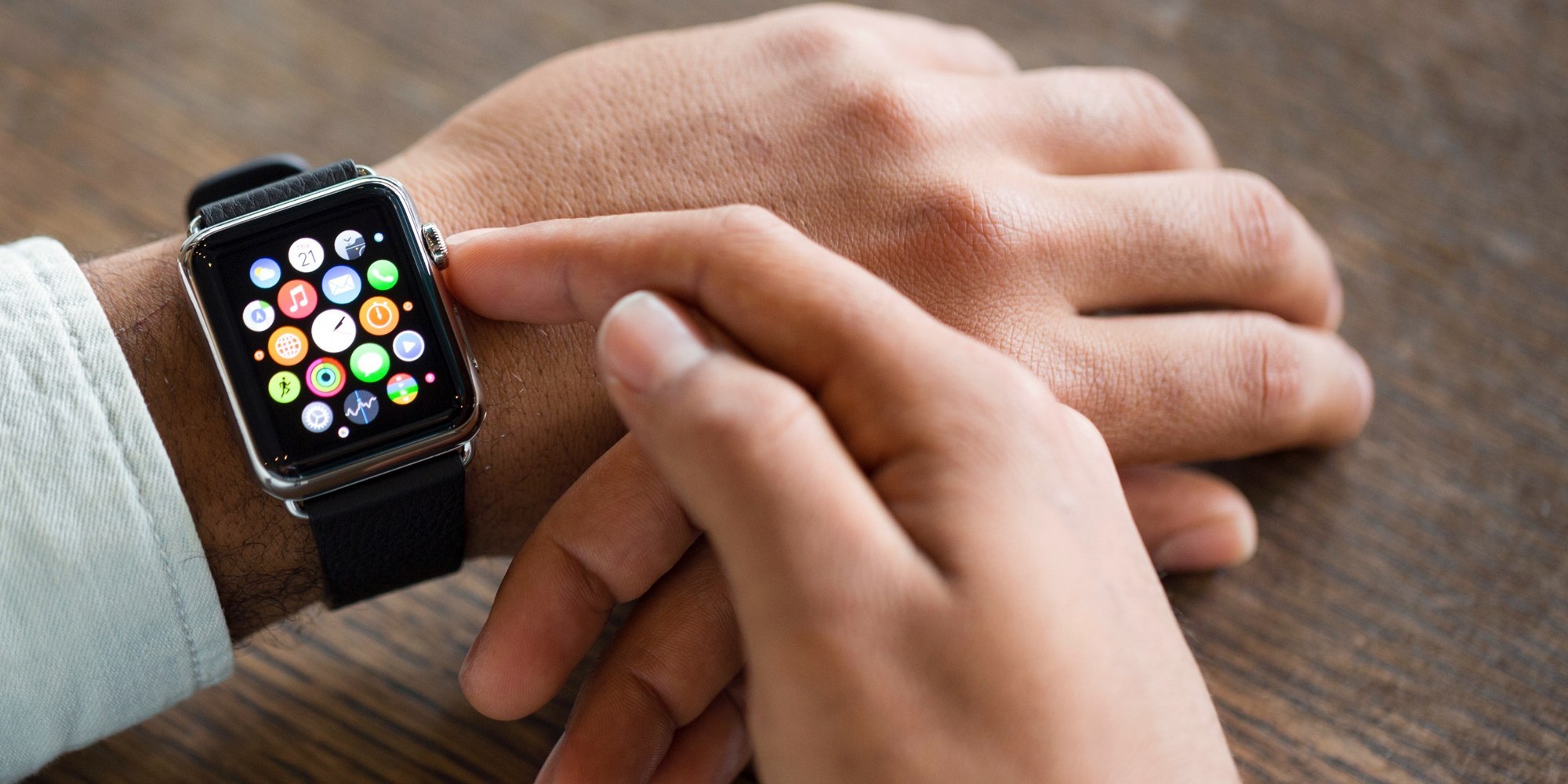
wearable tech
from wearable to disappearable tech
6th August 2015
Tech giants from Apple to Google have worked furiously to drive development and adoption in the 'wearable tech' sector. Yet, so far, devices have been met with a degree of wariness, and perhaps one of the biggest stumbling blocks standing in the way of adoption is vanity. (Or, to take a less judgmental view, we could call it aesthetics.)Even in the privacy of our homes, there has been far less appetite for simple 3D glasses than the television industry had anticipated, and the prospect of walking around with rather conspicuous smart glasses seems to have been a step too far for most people.
Analysts are now trying to work out whether the Apple Watch will meet the same fate. While the Apple brand retains its 'cool' in the device and computer market, the jury is still out on the aesthetics of the Apple Watch. One response to this came earlier this week, when high end watchmaker, Nico Gerard, unveiled a new 'hybrid' watch: a traditional Swiss watch on the face of things, with a 38mm Apple watch on the inner wrist.
Meanwhile, Apple Watch 2 is awaited amidst speculation that more premium versions could see Apple challenge in the luxury watch sector, while features such as inbuilt wi-fi will remove the need for the device to be paired to a smartphone and integrated camera will enable FaceTime.
There are, however, those that believe that investing in wearable tech is barking up the wrong tree. With the size of components shrinking rapidly and becoming ever more affordable, there are predictions that 'wearable' tech will soon be so small that we won't be able to see it all.
One such example is Dash, a wireless smart 'earbud' developed by Munich based Bragi: a device so small it fits inside the ear. Its features include sensors that monitor position, heart rate and body temperature, a music player, 4GB of storage and a microphone for phone calls, which are accepted with a nod of the head.
Dubbed 'hearables', it has been estimated that this market will come to dominate the wearable device sector and will be worth $15 billion by 2020.
Dubbed 'hearables', it has been estimated that this market will come to dominate the wearable device sector and will be worth $15 billion by 2020.
Shrinking technology
The shift to 'hearables' and, beyond that, 'disappearables' is being driven by a new generation of technologies. Chipsets that use Bluetooth wireless and require less power than their predecessors and a revolution in sensors, which have shrunk to half or even a third of their size a few years ago, are behind the emergence of a new generation of devices that can be hidden in the body.The latest developments also focus on tapping into the body's own heat or motion to generate power, which could make sensors smaller still, as well as making the devices self-sufficient from an energy perspective. Generator Research has estimated that the heat in a human eyeball, for example, could power a five milliwatt transmitter, enough to power a connection from a smart contact lens to a smartphone.
Healthcare applications
For many, the real story behind this kind of technology is its potential for healthcare applications. Google announced a breakthrough early last year with its smart contact lens, designed to enable people with diabetes to continuously monitor the glucose levels in their tears.Other applications being explored include 'virtually augmented surgery' � allowing a wider medical team to see what is happening in the operating theatre and provide expertise remotely.
While mainstream proliferation of wearables, hearables and disappearables may still be some way off, the reality is that the technologies already exist and are developing at a dizzying pace.
No longer the stuff of science fiction, there is now a real prospect that one day, in the not too distant future, people will be intrinsically connected (and monitored) by technology; and that this will be happening, not through external devices, but embedded ones, so small we can forget they're even there.
For those in industries, such as insurance, where traditional products are already being disrupted by a new generation of connected car and connected home devices, there are real implications for future developments, from 'pay how you live' life insurance to making available a host of new data sources that could potentially be used to validate claims and combat fraud.
As with any technology that opens up the possibility of utilising personal data for business purposes, privacy concerns are commonly cited as a concern around its adoption. However, as we have seen before, when consumers decide that the benefits of being connected in this way outweigh the drawbacks, the chances are that the technology will prevail.
© 2025 Cheshire Datasystems Limited
Top Employer

